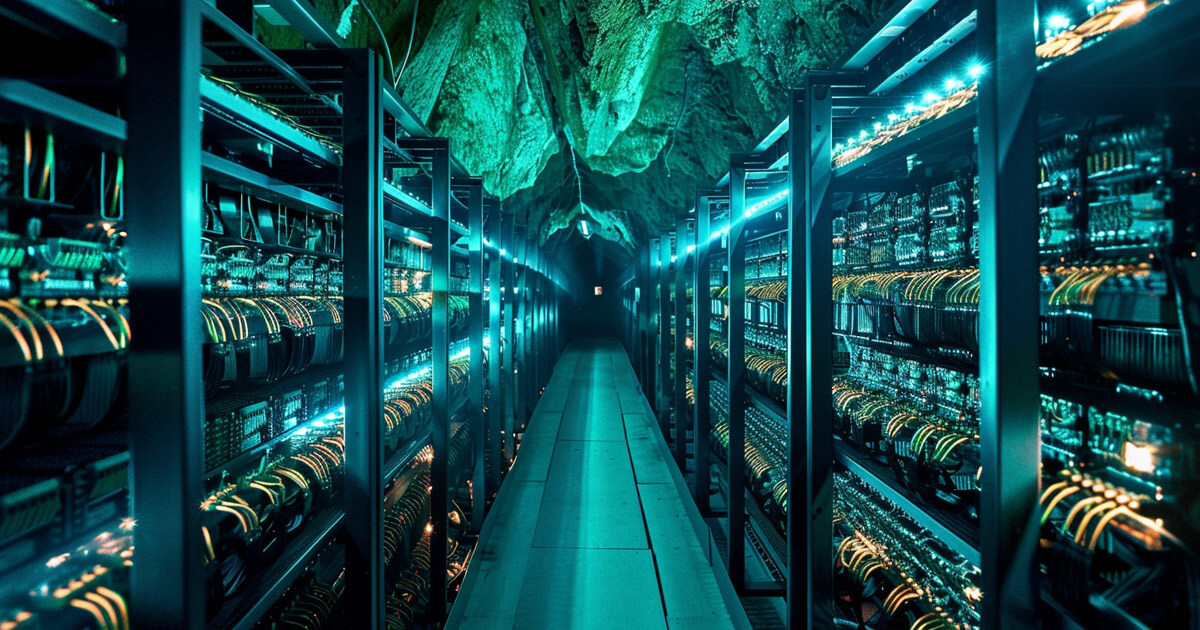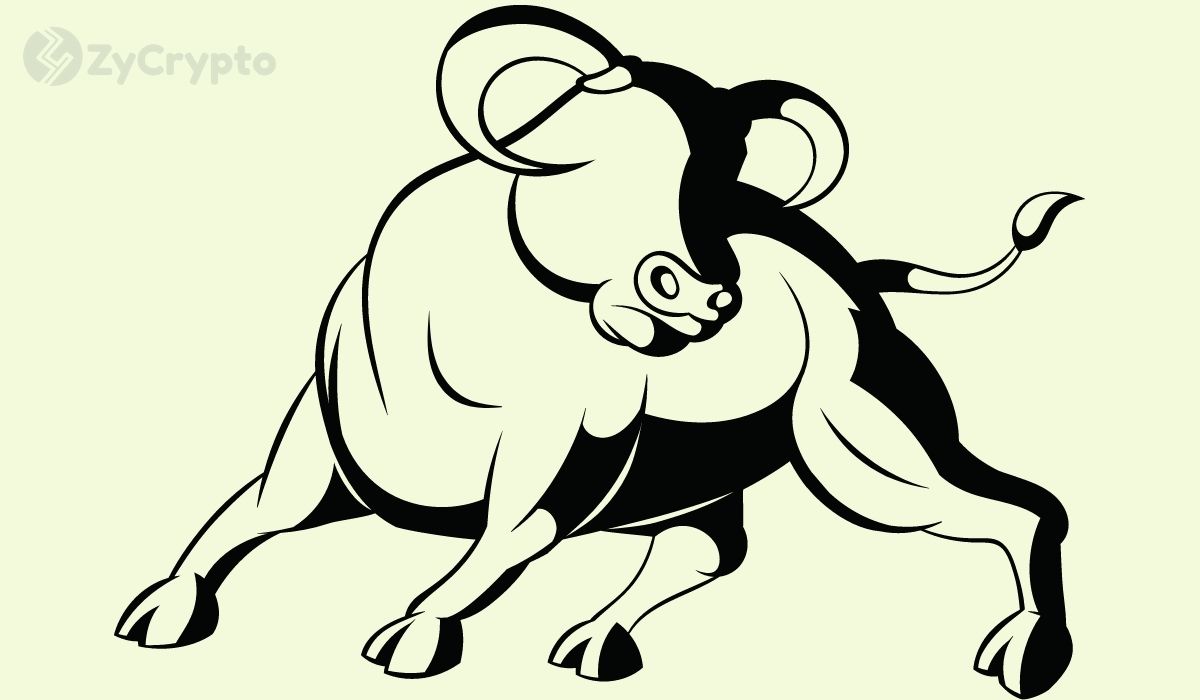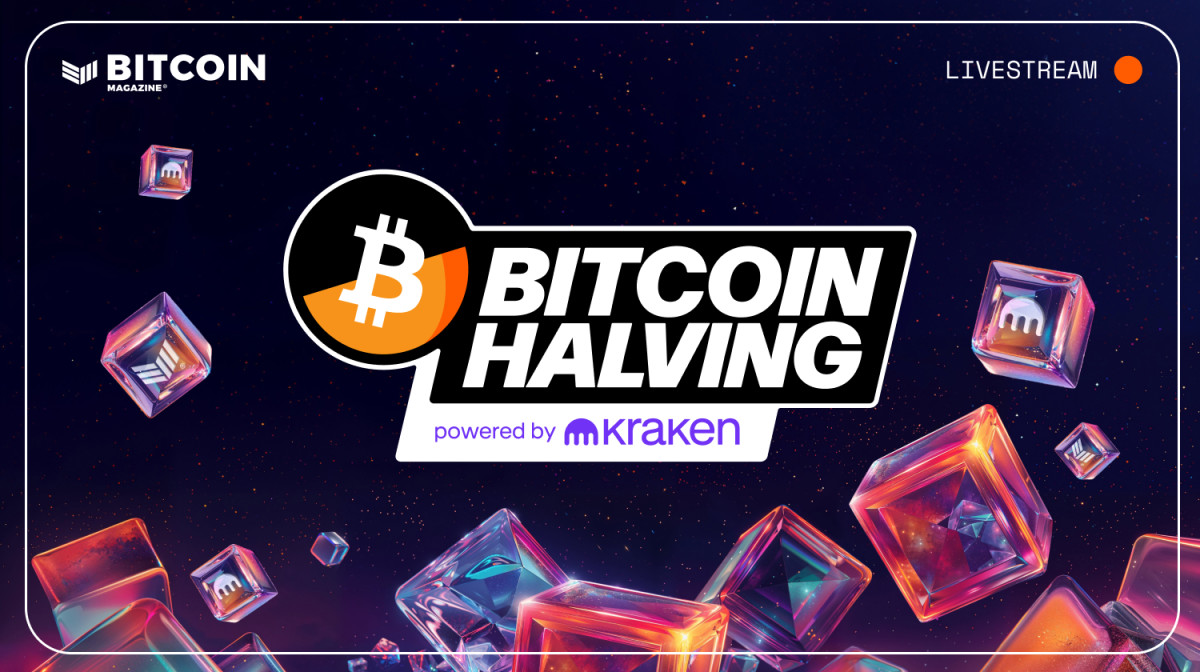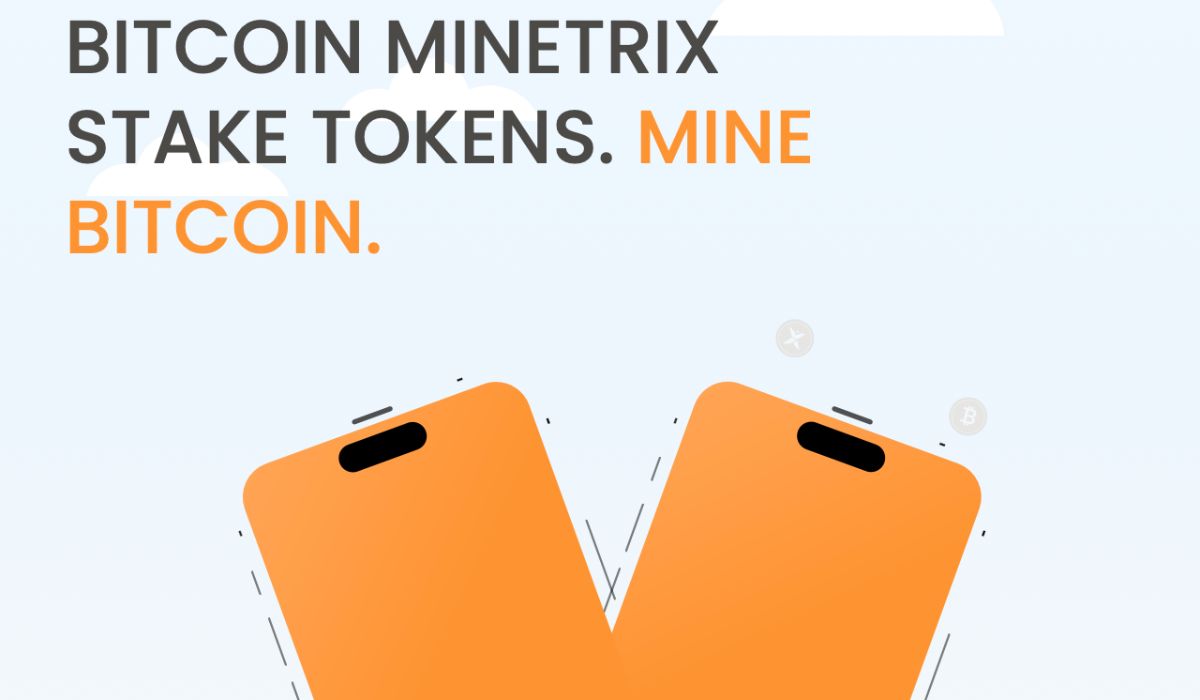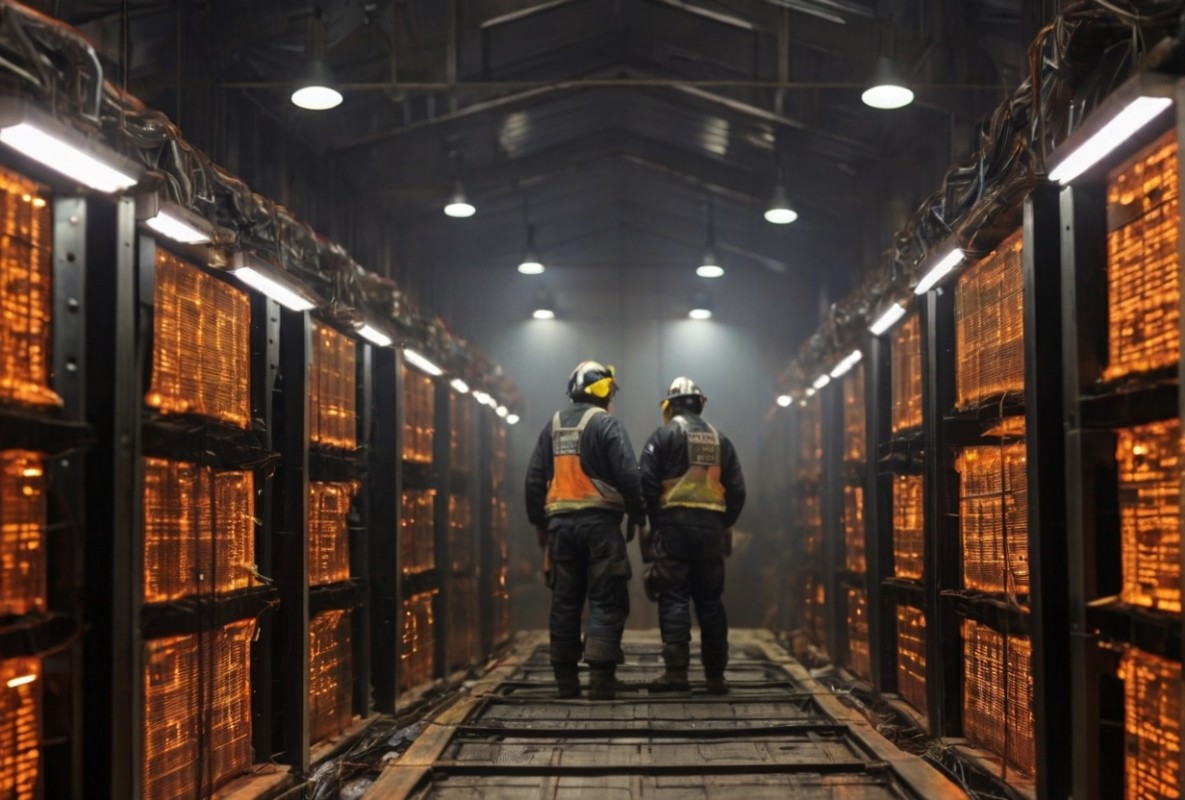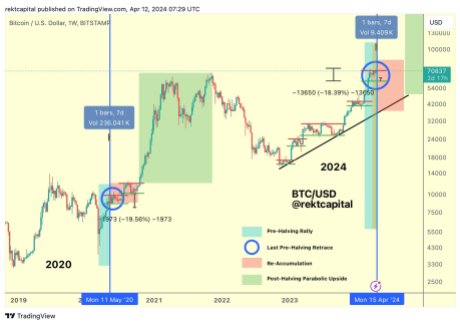
2020-3-18 16:09 |
The next bitcoin halving is almost here. The event is set to occur in mid-May of this year and will likely have big impacts on the economics of Bitcoin mining — as well as the overall Bitcoin market.
Here is everything you need to know about the upcoming Bitcoin halving — what will happen, what previous halvings have looked like and what the current expert opinions are on how the new halving will affect Bitcoin.
Key takeaways: In mid-May, the payoff for mining a block of bitcoin will halve from 12.5 to 6.25 BTC. If the market responds to this new halving like it did in 2016, we should see a surge in the price of Bitcoin, followed by a period of market volatility. However, the Bitcoin market today is a lot different than the market in 2016. Some experts believe that we shouldn’t expect to see a price adjustment, while others predict the halving will act as a major price catalyst. The Upcoming Bitcoin HalvingOnce every four years, the rate at which new bitcoin is created gets halved. This phenomenon is a Bitcoin halving.
Bitcoin’s supply is, by design, finite — once 21 million are mined, no new bitcoin can be generated. This decision is to ensure that bitcoin is deflationary, unlike most types of currency, avoiding the risk of runaway inflation. However, because the anonymous creator of Bitcoin wanted to make sure that people could mine bitcoin for a long time, the rate at which bitcoin is mined isn’t constant. Instead, the Bitcoin block reward rate is halved every 210,000 blocks. When halving occurs, the “block reward” for each successful, verified transaction gets cut in half.
The block reward is the Bitcoin prize miners receive for validating — or “mining” — a block. A block — one of Bitcoin’s many mining terms — is a set of 500 transactions on the blockchain, the digital ledger technology behind Bitcoin. Miners validate blocks by performing energy- and CPU-intensive calculations, typically on extremely powerful rigs created for the express purpose of mining bitcoin. One of these blocks is generated every on average 10 minutes, which works out to 144 blocks per day.
Courtesy of BitcoinMiningCom’s YouTube channelIf you want to keep on top of exactly how much time is left until the halving occurs, there are a few online trackers you can follow — Binance Academy’s countdown, Bitcoinblockhalf, and Brave New Coin, to name a few, which keep tabs on blocks mined and the blocks left to go. Since the countdowns are all estimations based on average daily block time and the amount of blocks until the halving, the dates range from May 9 to May 16.
So far, two halvings have already occurred — one in 2013 and another in 2016. Right now, Bitcoin miners earn 12.5 BTC when they successfully mine a block. After the halving, miners will receive 6.25 BTC for each block mined. Compare this figure to Bitcoin’s initial reward rate of 50 BTC from 2009.
A Change in the MarketThe reduced reward rate may be enough to force some miners out of the market, especially considering the current prices on the hardware used to mine bitcoins. Margins on rewards per bitcoin are already fairly tight. The high and rising costs that come with mining bitcoin — concerning hardware, as well as energy and bandwidth — could price smaller-scale, less well-resourced miners out of the market.
Right now, most Bitcoin miners are part of large-scale network operations. Five Chinese-based mining entities seemingly control just below 50 percent of all bitcoin mining — a new development that has occurred over the past few years, as the mining market has centralized. These companies own large amounts of hardware that they rent out to miners via the service BitDeer, allowing consumers to mine bitcoin without investing in a high-powered rig.
These large mining companies are more likely to handle the decreased rewards and harsher margins on bitcoin mining, which may push smaller miners out. As a result, the halving may further consolidate the market, concentrating the infrastructure of Bitcoin into fewer and fewer hands.
This shift towards a more centralized mining market isn’t guaranteed. Higher prices as a result of the halving — which is one possible market response — could keep bitcoin mining profitable for smaller miners. Other factors, like more efficient networking technology, could further decrease the upkeep costs associated with mining. However, price drops as the result of more cost-efficient technology aren’t likely to be enough on their own to save smaller miners.
It’s common for bitcoin miners to spend upwards of $10,000 on high-performance rigs, and experts predict that the price of cutting edge-GPUs — an essential component of mining rigs — will shoot up in 2020 due to increased demand. If bitcoin prices fail to surge enough when the halving cuts down the block reward, we’re likely to see further consolidation of the mining market.
What the Last Halving Tells UsBecause the upcoming Bitcoin halving is the third to happen in the history of Bitcoin, there is some historical precedent that we can refer to when trying to forecast the likely effects of this event.
In the weeks before the last halving, which occurred in June 2016, Bitcoin’s market price surged by nearly $100 per BTC, from $576 to $650.
Data source: CoinMarketCapThere was some market volatility in the immediate aftermath of the halving — prices crashed back down to around $500 by the beginning of August that same year — but costs have mostly increased since then. The current market price is a little over $8,000 per bitcoin.
If the market follows a similar trajectory this time, bitcoin prices will likely increase in the weeks leading up to the halving. After the halving, the market is likely to experience some volatility in the immediate aftermath, then begin to trend upward over time. This variance, if previous trends hold, will last for around two months. After this period of variable pricing, the upward trend in prices will be weak for several months.
What the Experts Think Will HappenExperts, however, aren’t 100% sure that the market will follow previous trends. We shouldn’t expect the market in 2020 to behave like it did in 2016. Some experts, like CoinShares CSO Meltem Demirors, believe the price surge has already happened, and the market won’t react much to the halving. The market is a lot larger, with much higher stakes and more general speculation than there was in 2016.
If investment growth remains constant, the bitcoin halving’s deflationary effect will likely result in a price boost. How much of an increase isn’t clear yet, but some investors are optimistic — like former hedge fund manager and Galaxy Digital CEO Mike Novogratz, who predicted that BTC would hit $20,000 this year.
However, there’s no reason to be sure that investment growth won’t increase. There are a lot more eyes on the Bitcoin market right now than there were in 2016, and the possibility of increased prices could result in a cash inflow that offsets the deflationary effect.
Others, like financial analyst and crypto writer Joseph Young, believe the halving may lead to a significant market correction and that investors should prepare for a significant dip in prices, both leading up to and after the halving.
Messari’s Ryan Selkis, on the other hand, referred to the halving narrative as “completely dead” due to the severity of the coronavirus pandemic, noting that in his opinion, the only thing that matters in terms of the halving is whether or not it will break the mining market.
In the long term, it seems reasonable to believe that bitcoin prices will return to trending upwards. The market has always rallied from major market corrections, and there doesn’t seem to be any evidence that things will look different this time. Even if there is a serious market correction, there’s no reason to believe the market won’t recover after a variable period.
That volatility may last for several months, though, before prices return to their pre-halving levels. Investors should prepare for this possibility.
What to Expect From 2020’s Bitcoin HalvingThere are only a few months left until the next halving, which will cut the reward in half for mining a block of Bitcoin transactions. The halving — which has happened twice so far in Bitcoin’s history — is likely to have significant, and somewhat unpredictable, impacts on just about every aspect of Bitcoin.
People are expecting bitcoin prices to fluctuate following the event. Whether investors should expect a significant price surge or little movement in Bitcoin’s price isn’t clear. There is also a chance that the reduced block reward may price out some bitcoin miners, resulting in further consolidation of the mining market — and, as a result, Bitcoin’s infrastructure.
This article is intended to be used and must be used for informational purposes only. It is important to do your own research and analysis before making any material decisions. This article is not intended as, and shall not be construed as, financial advice.
The views and opinions expressed in this article are the author’s own and do not necessarily reflect those of CoinMarketCap.
The post A Guide to Bitcoin Halving, and What To Expect in 2020 appeared first on CoinMarketCap Blog.
origin »Bitcoin (BTC) íà Currencies.ru
|
|

